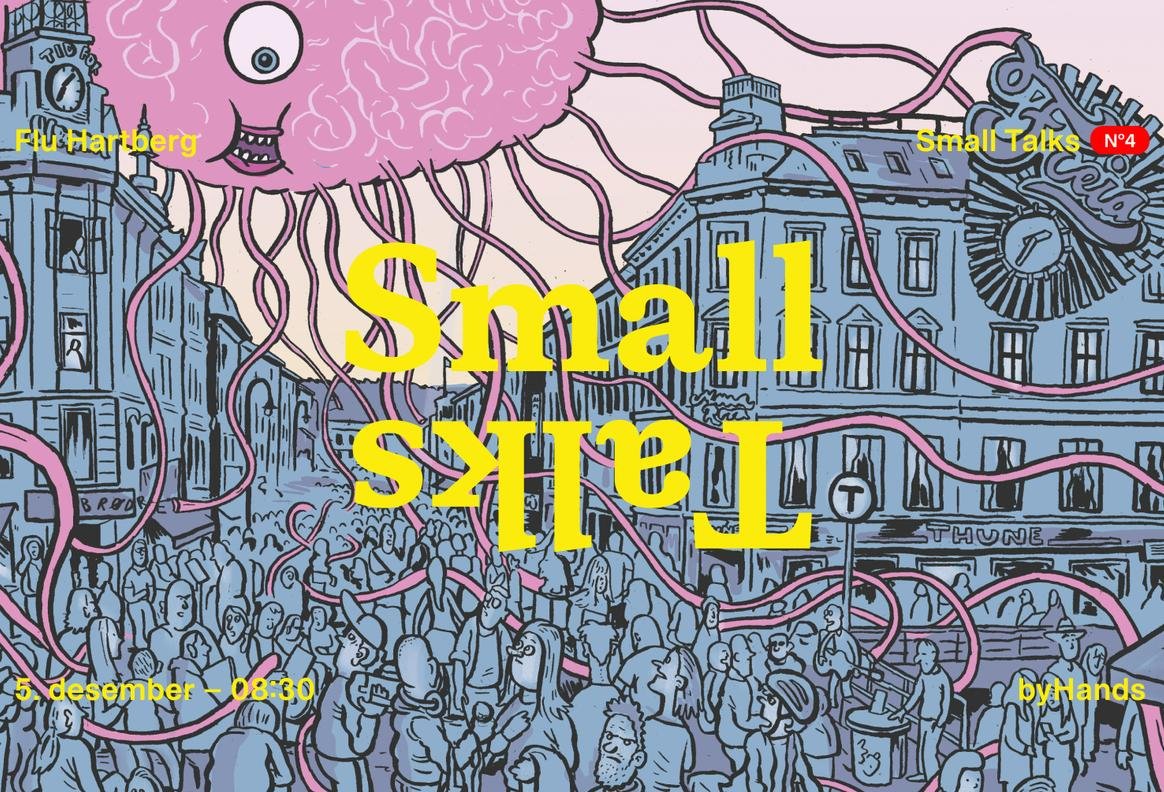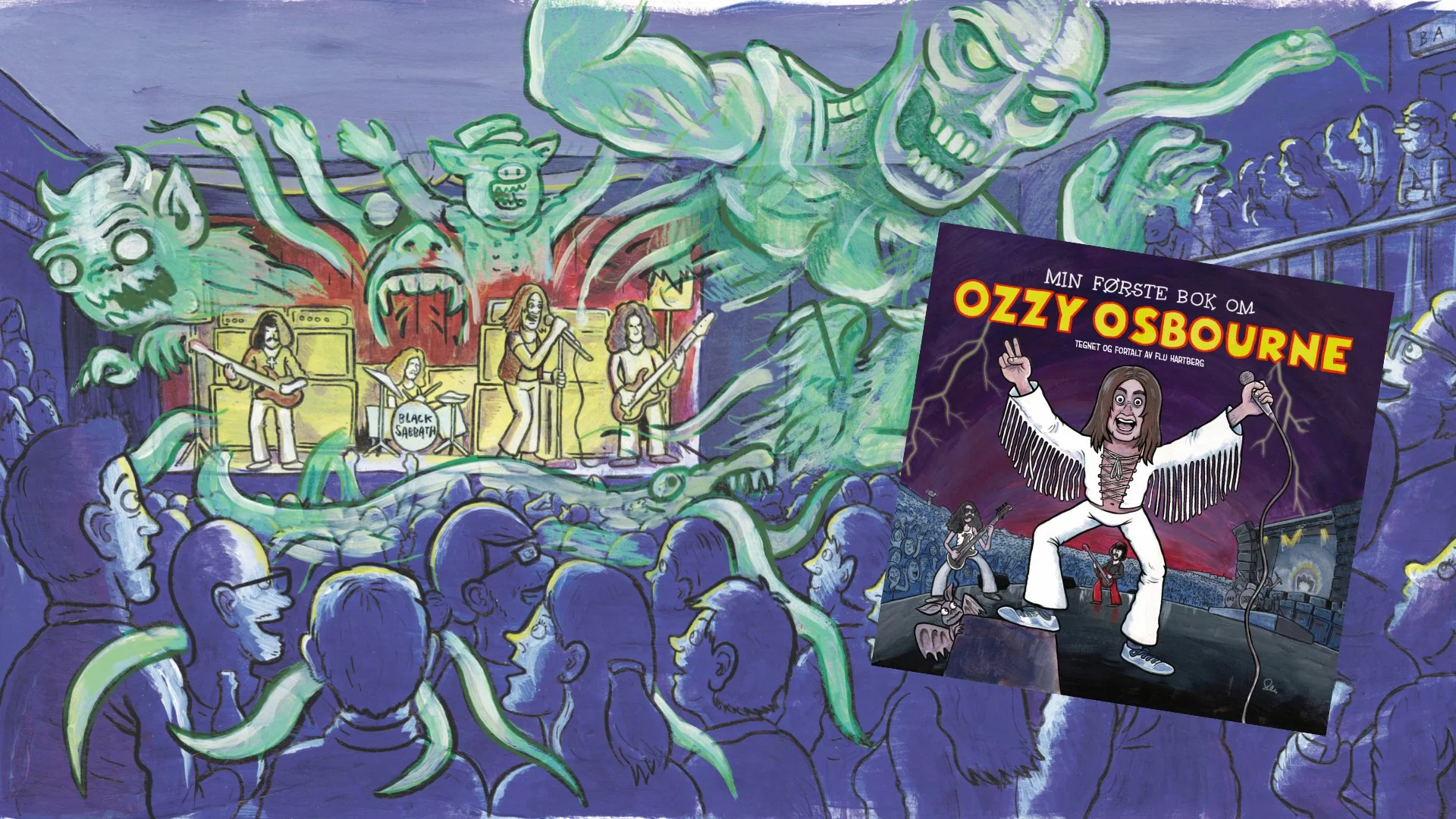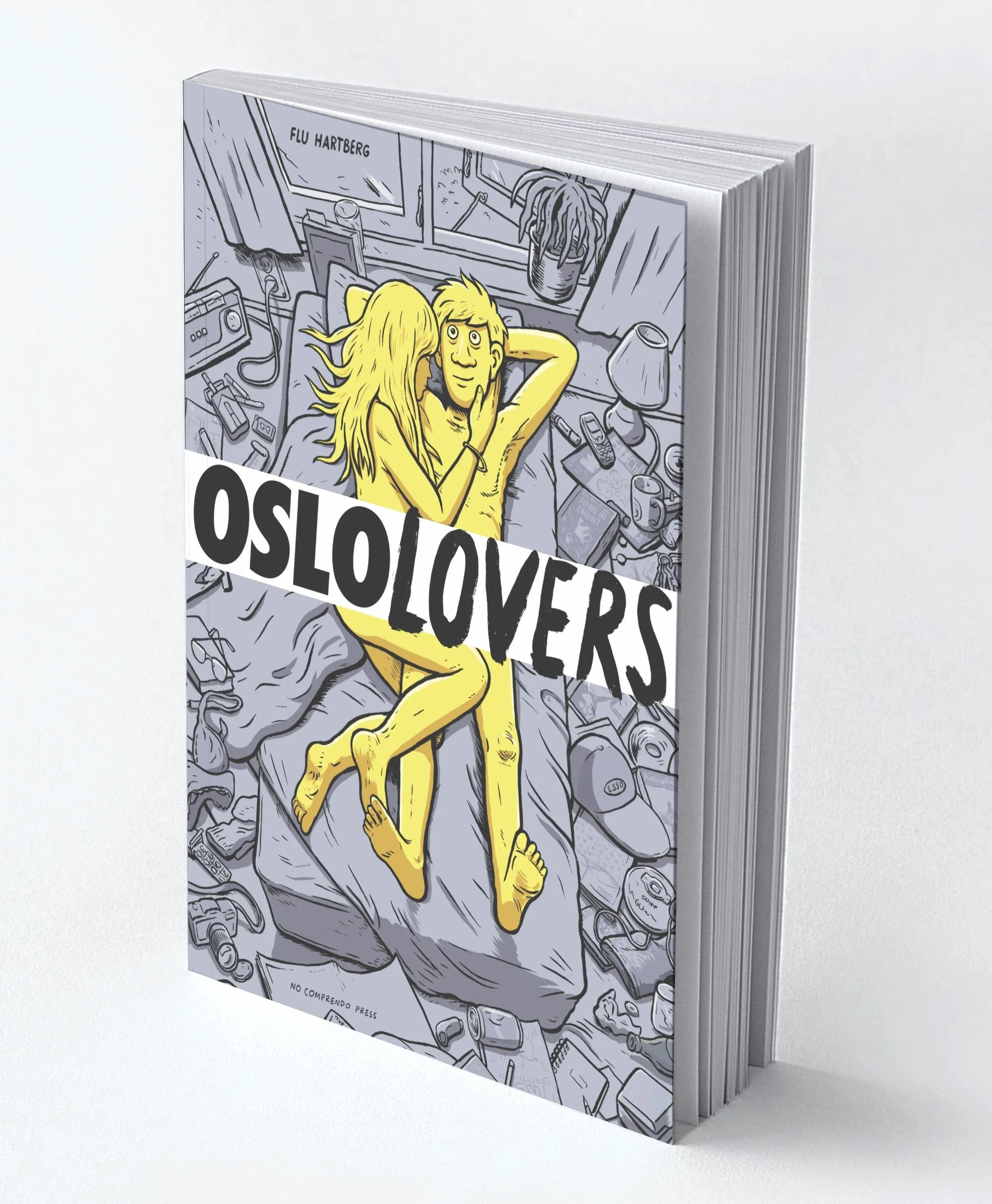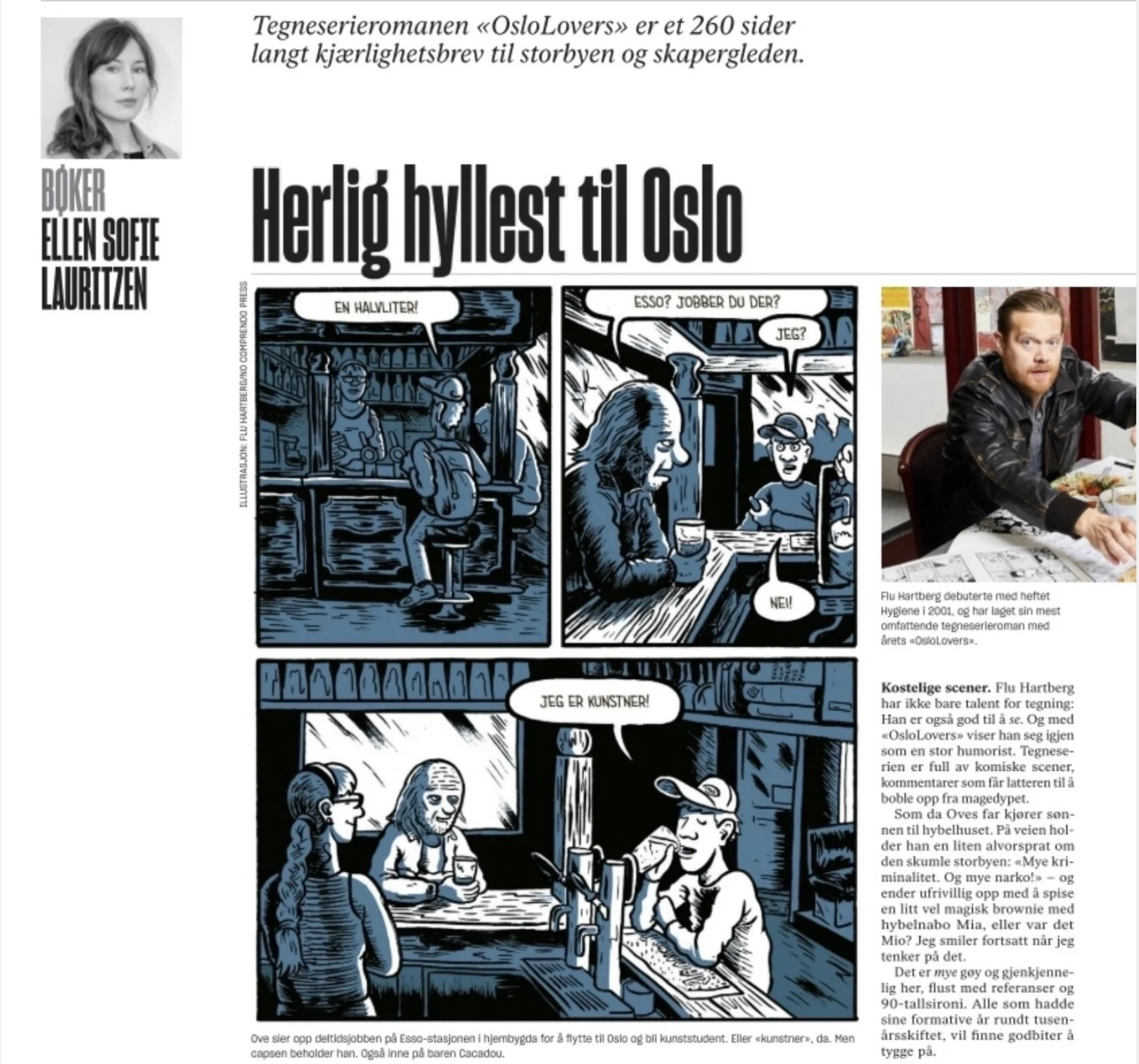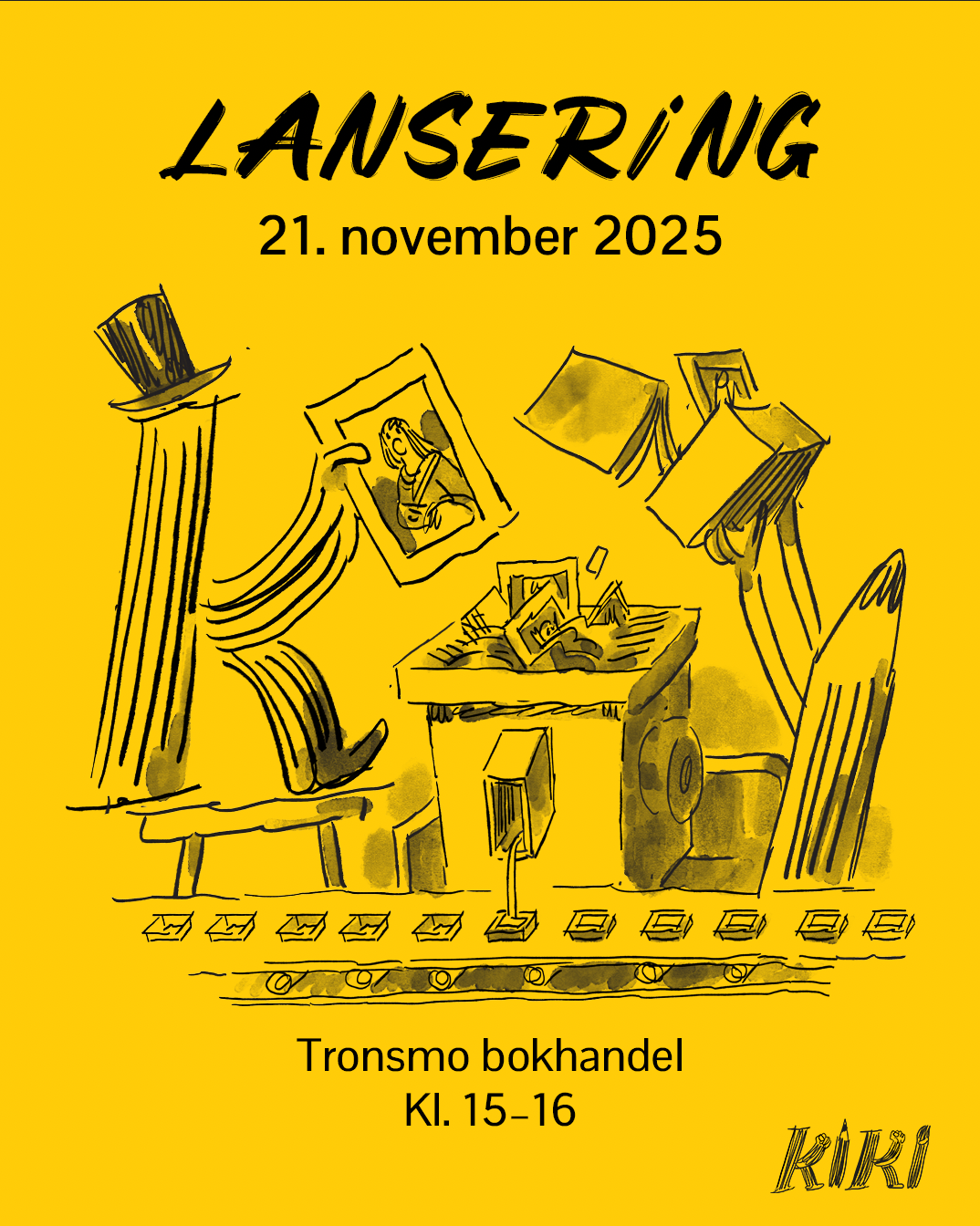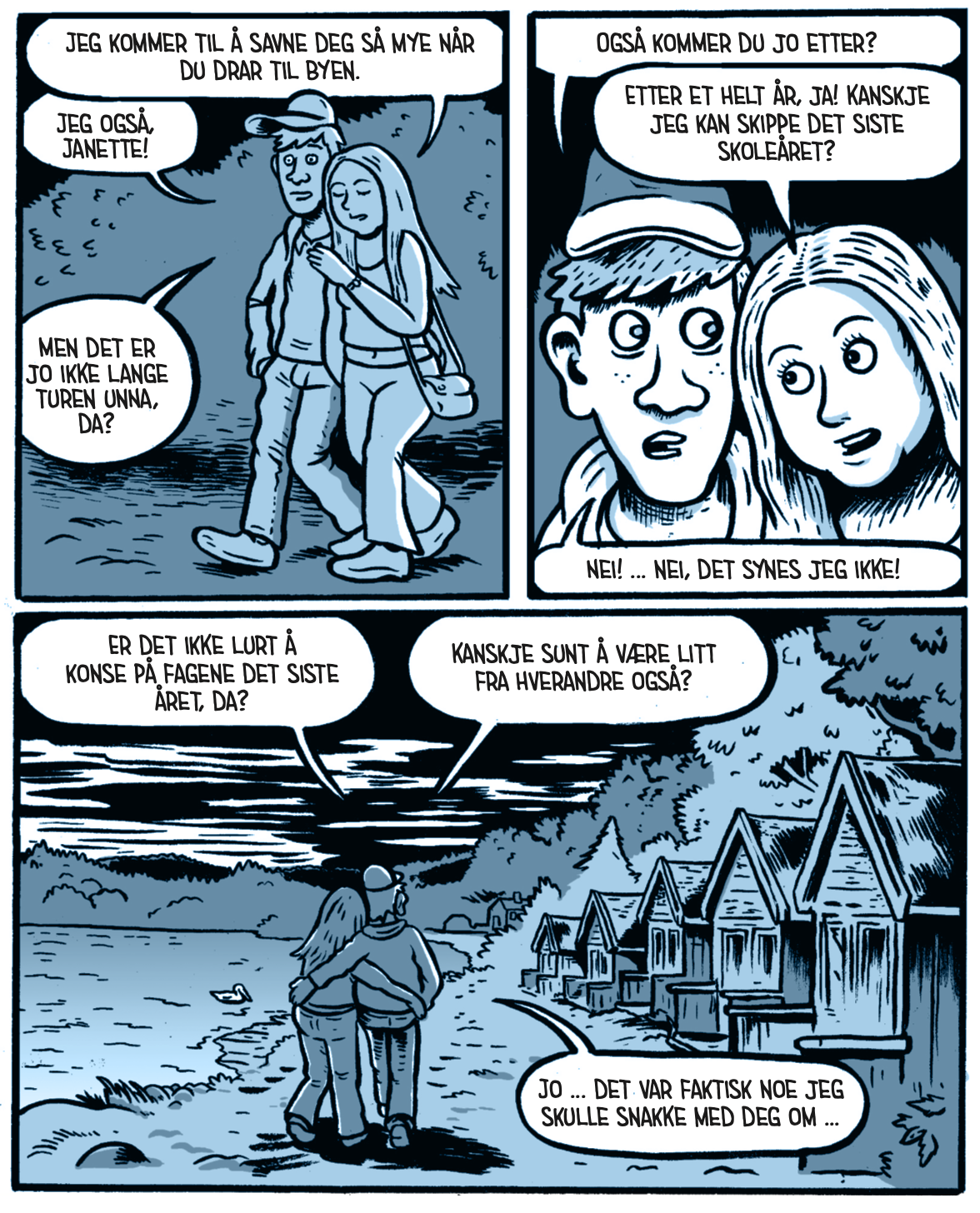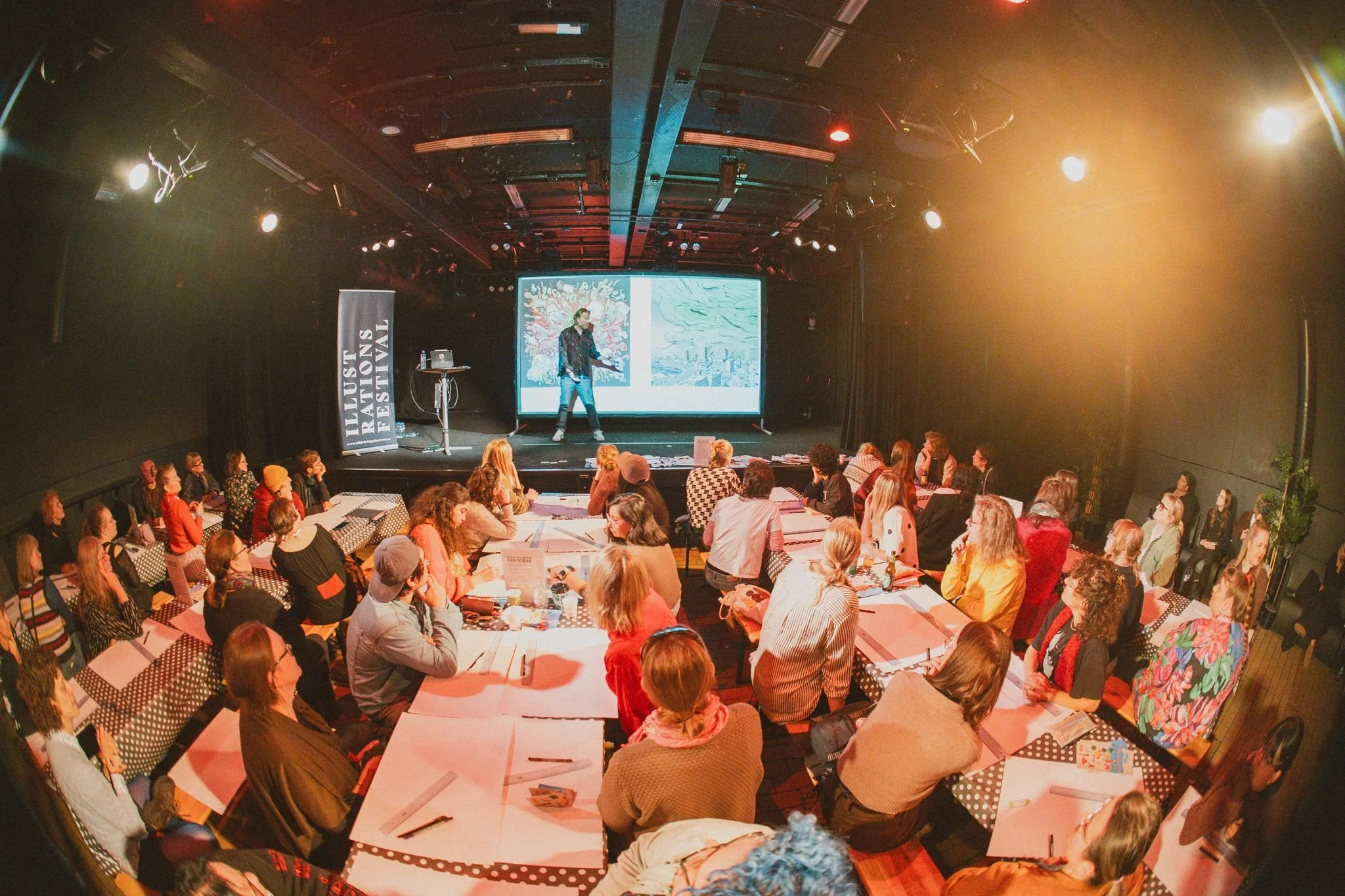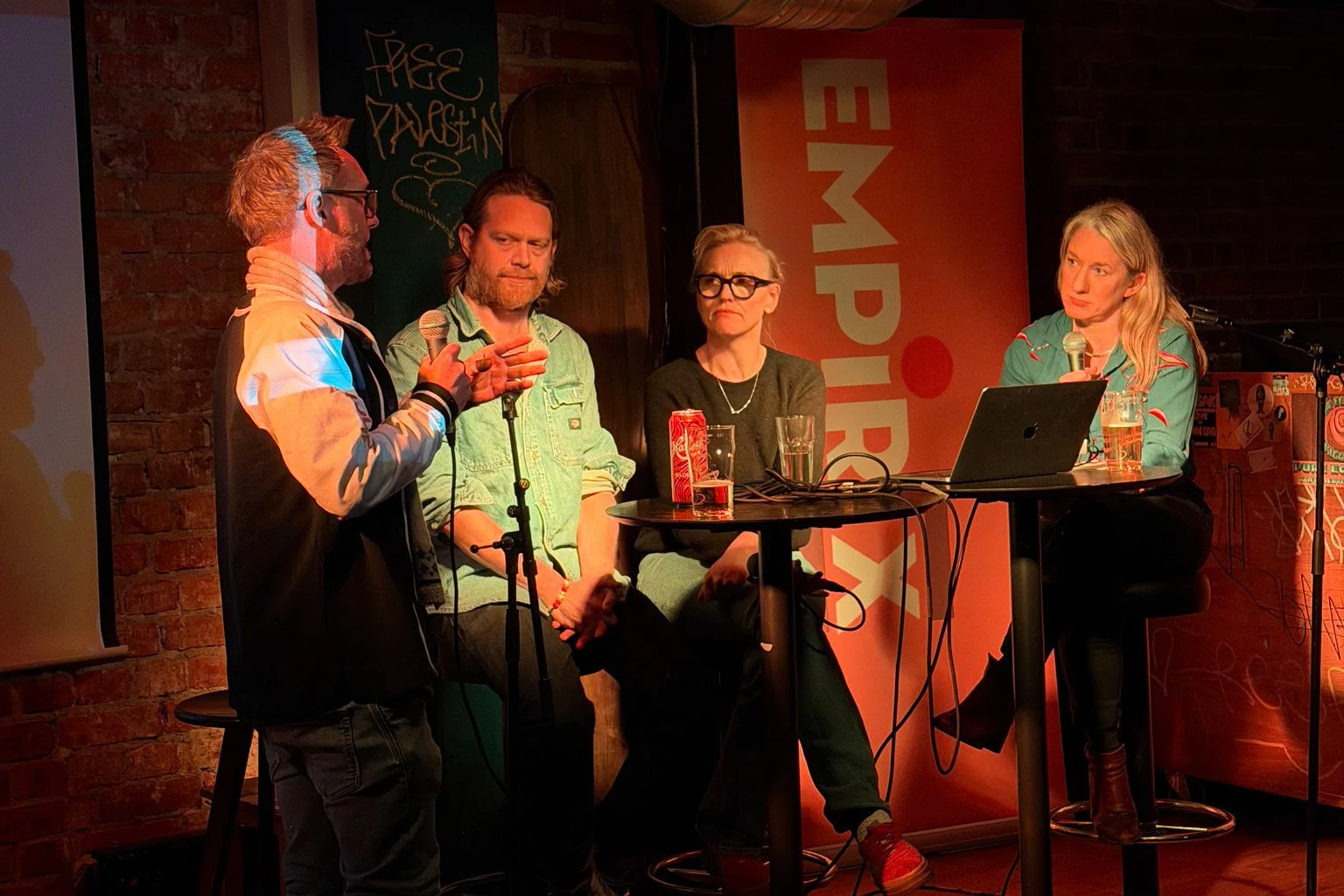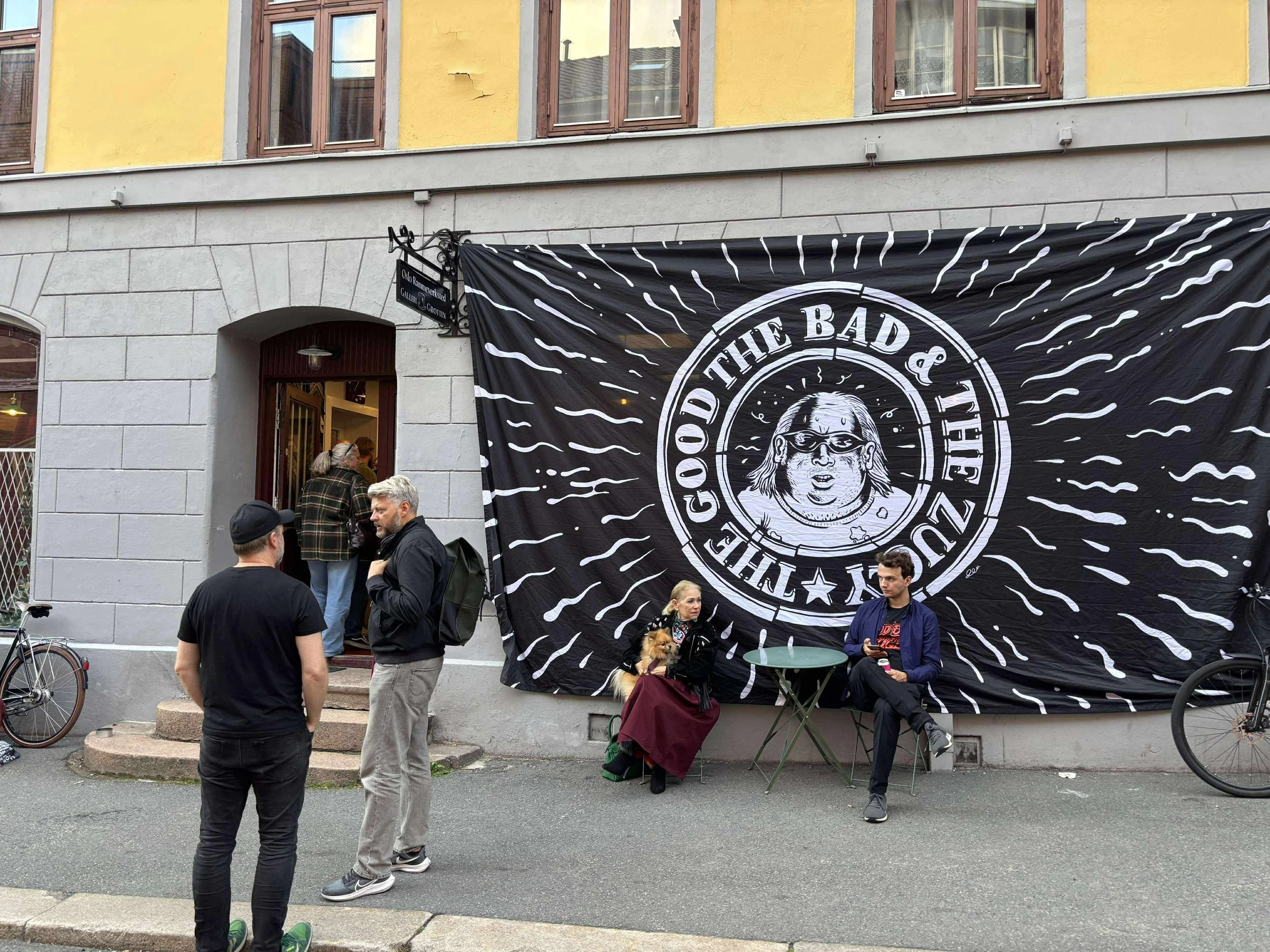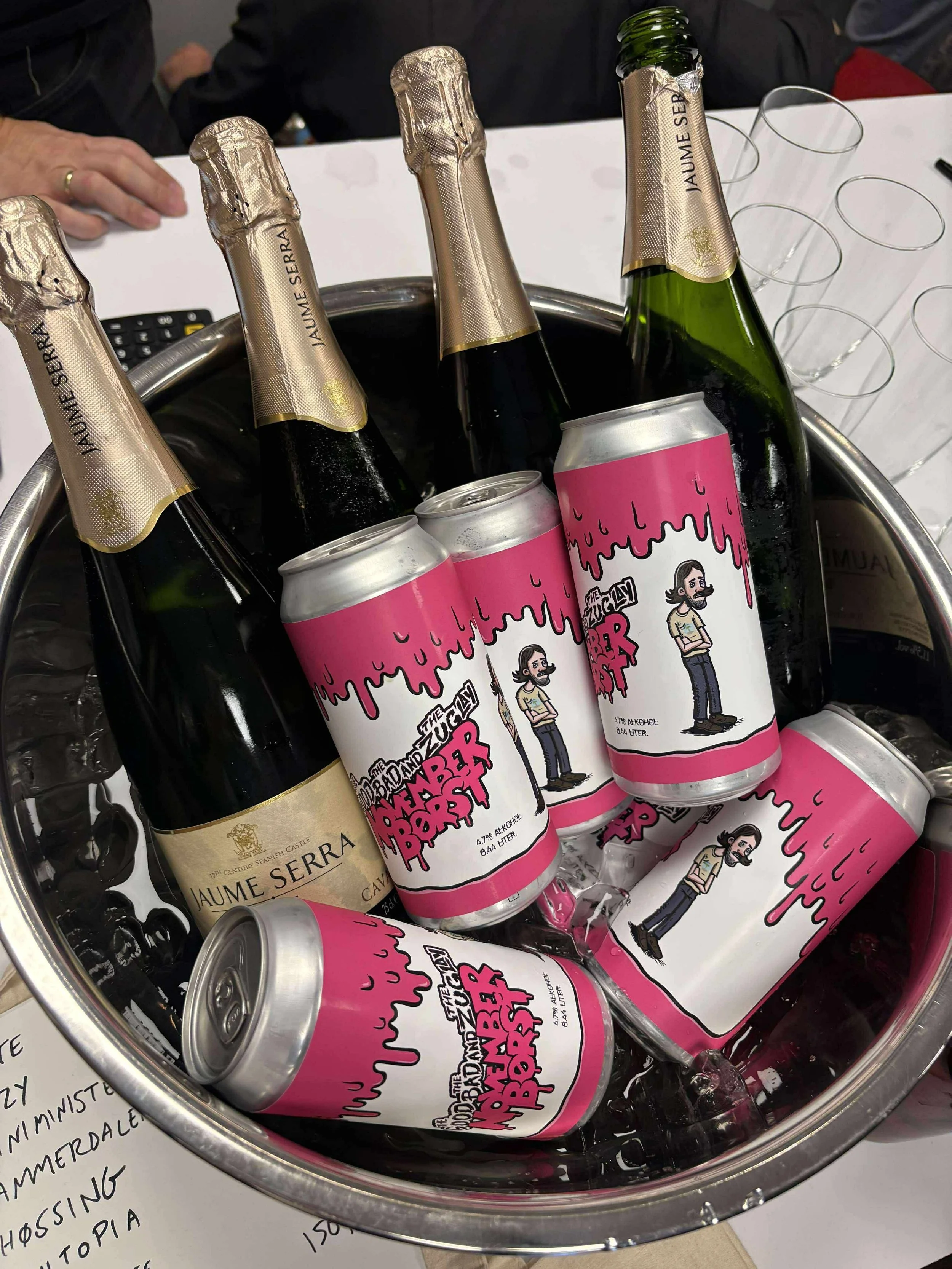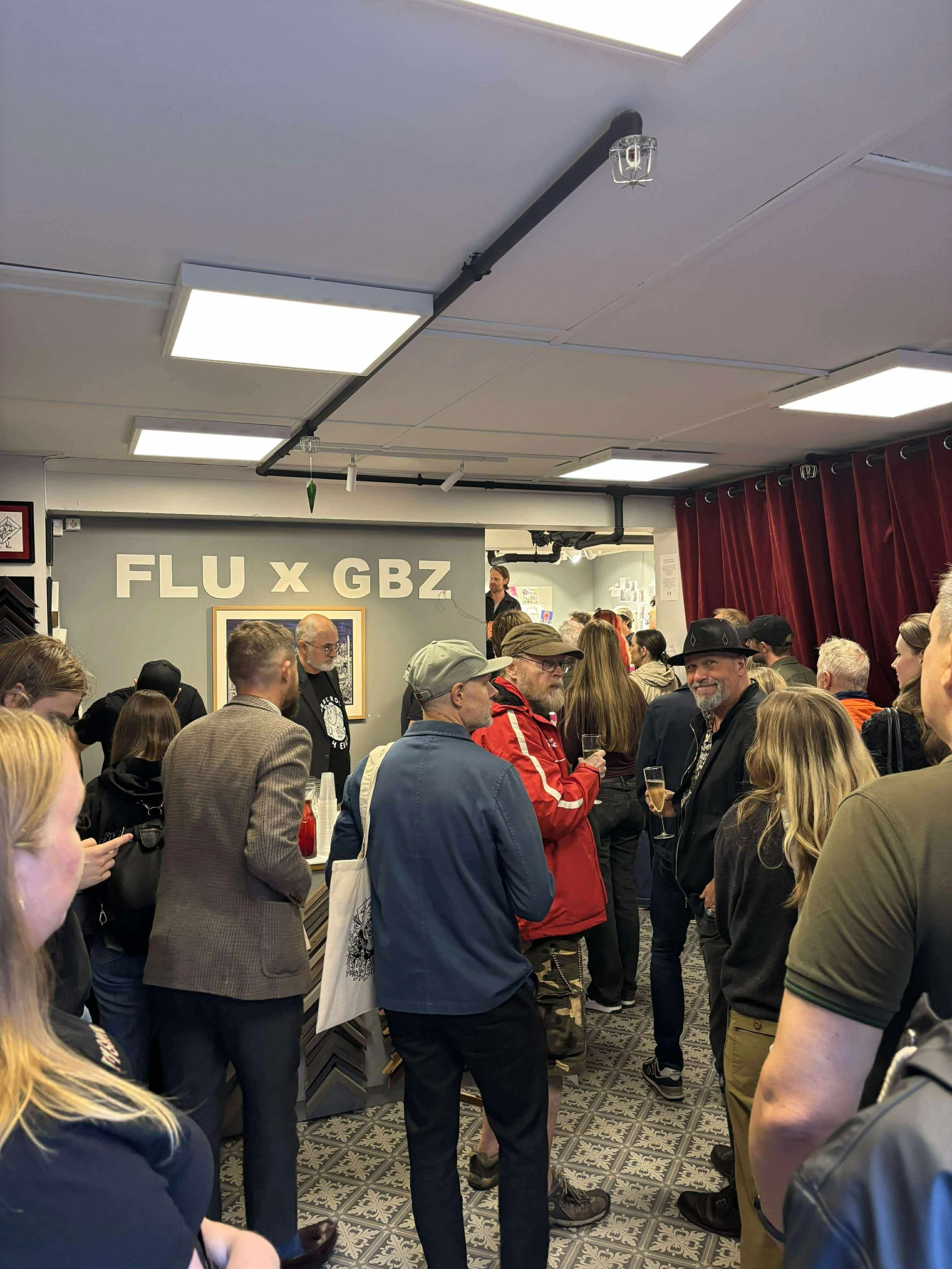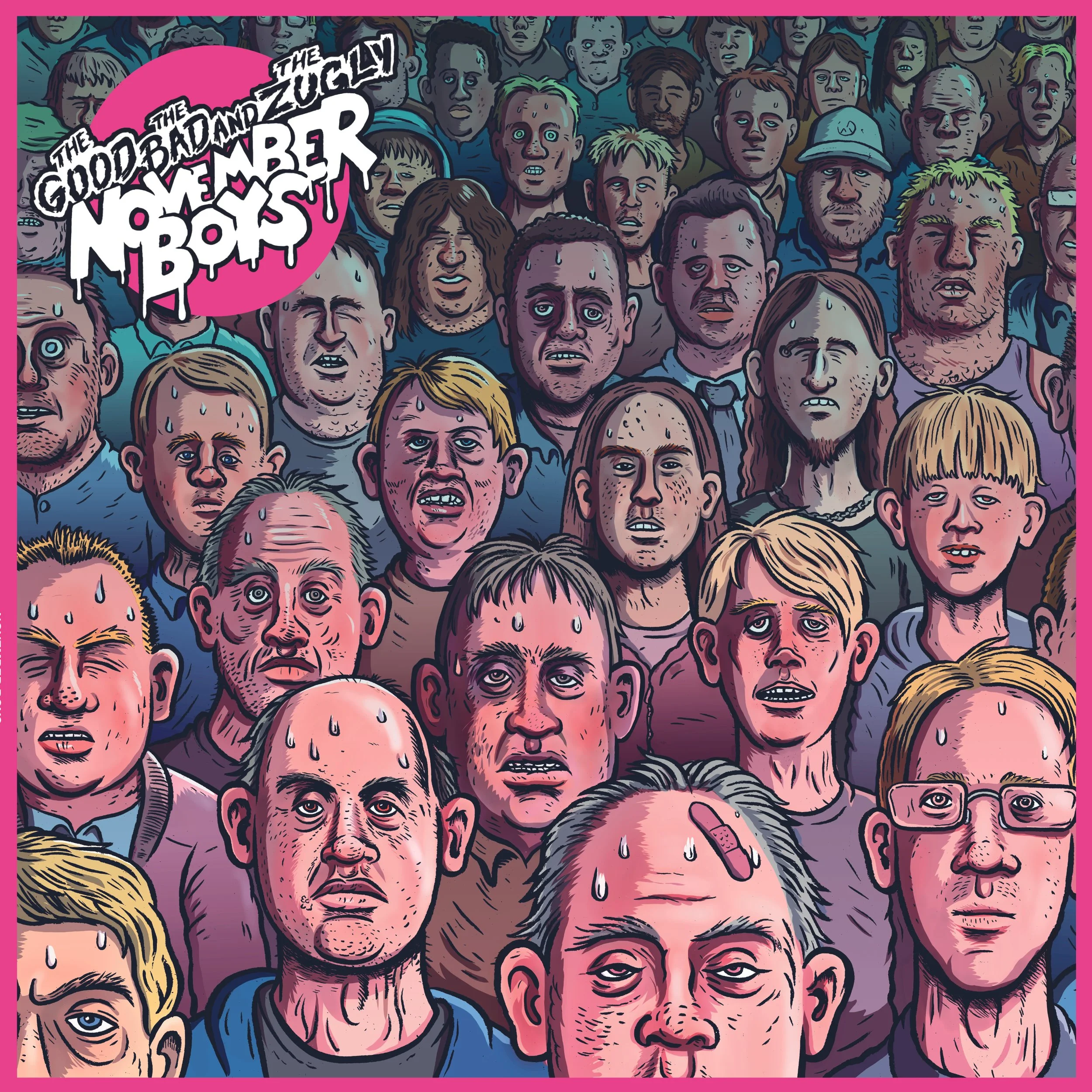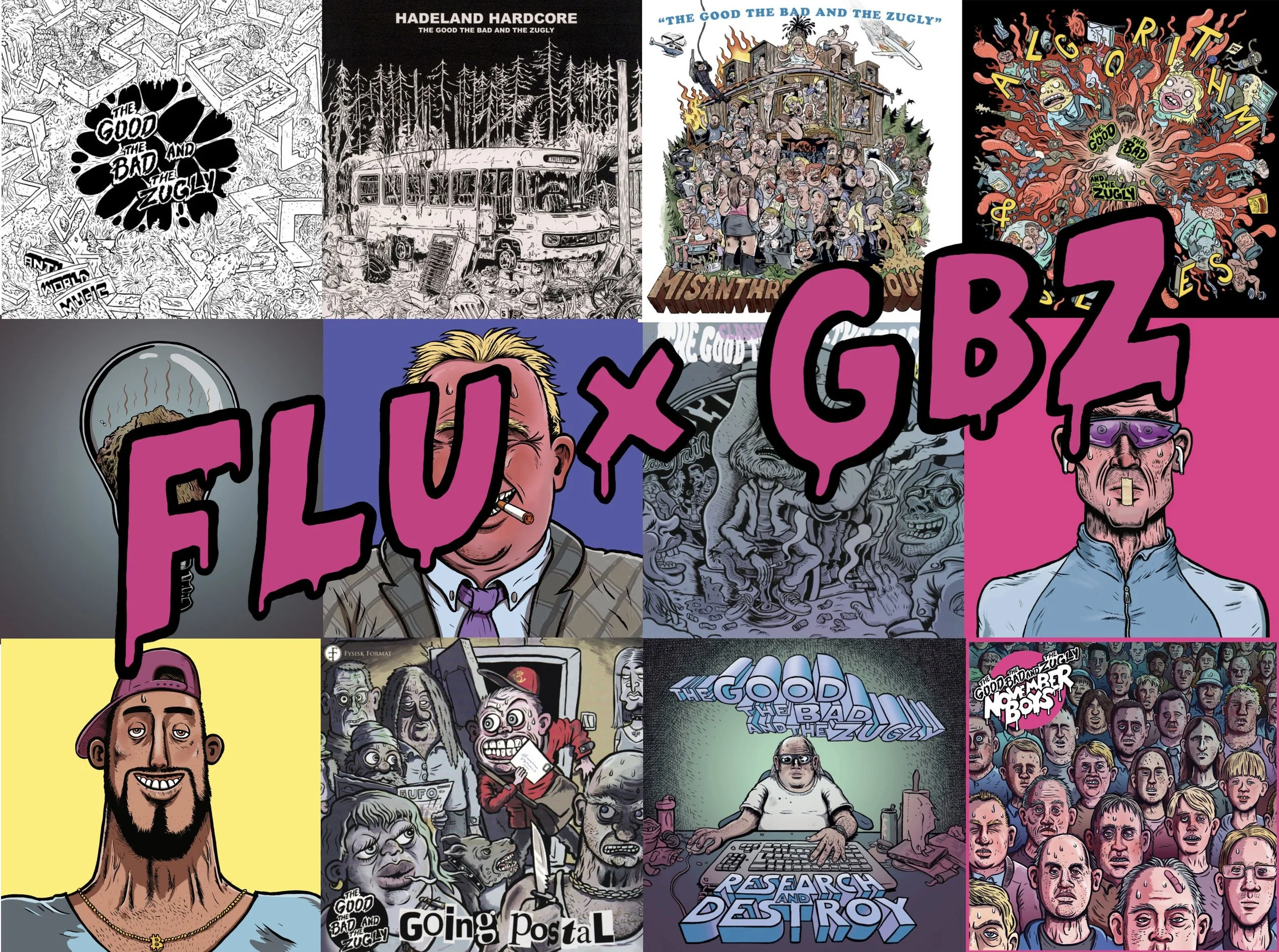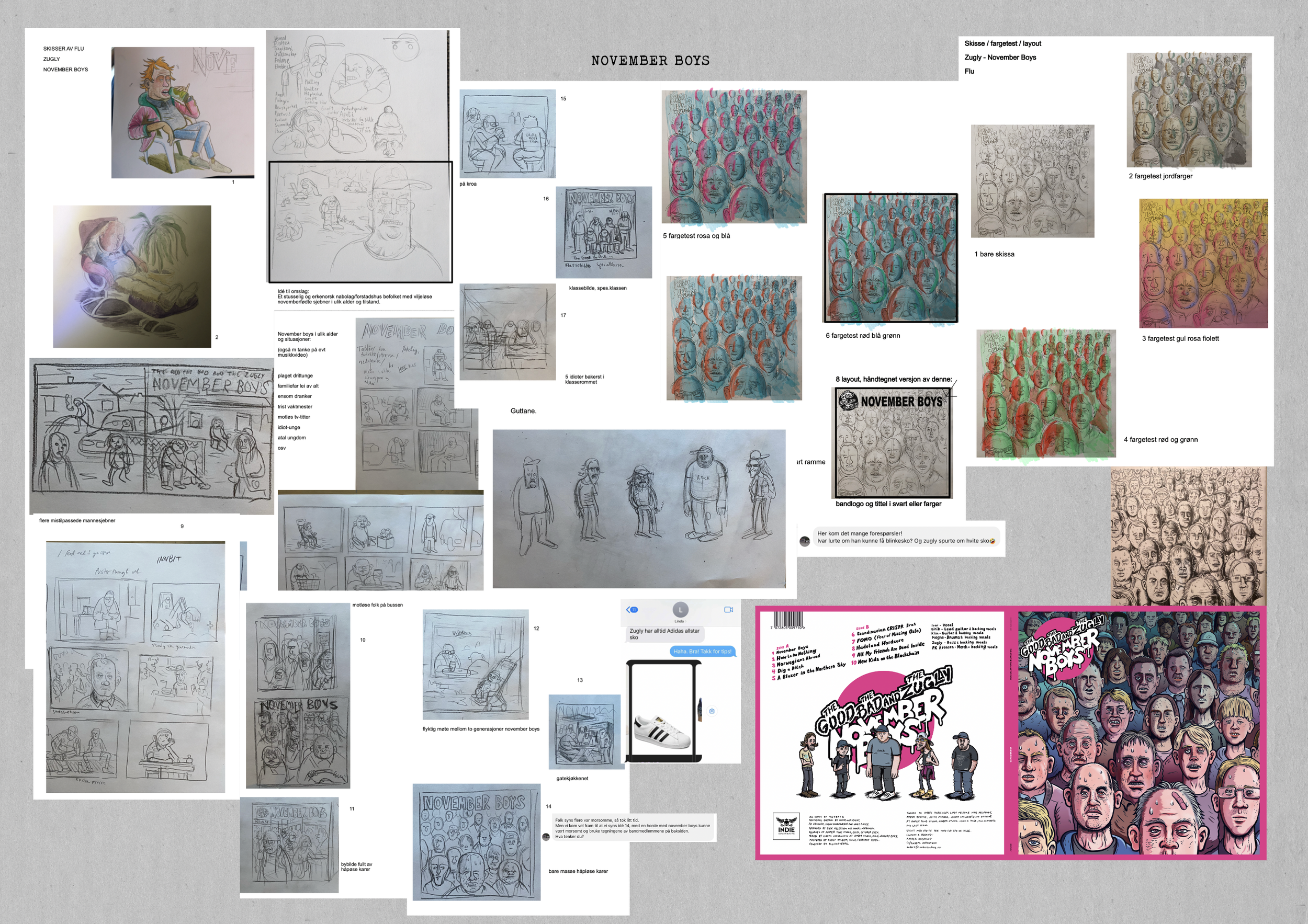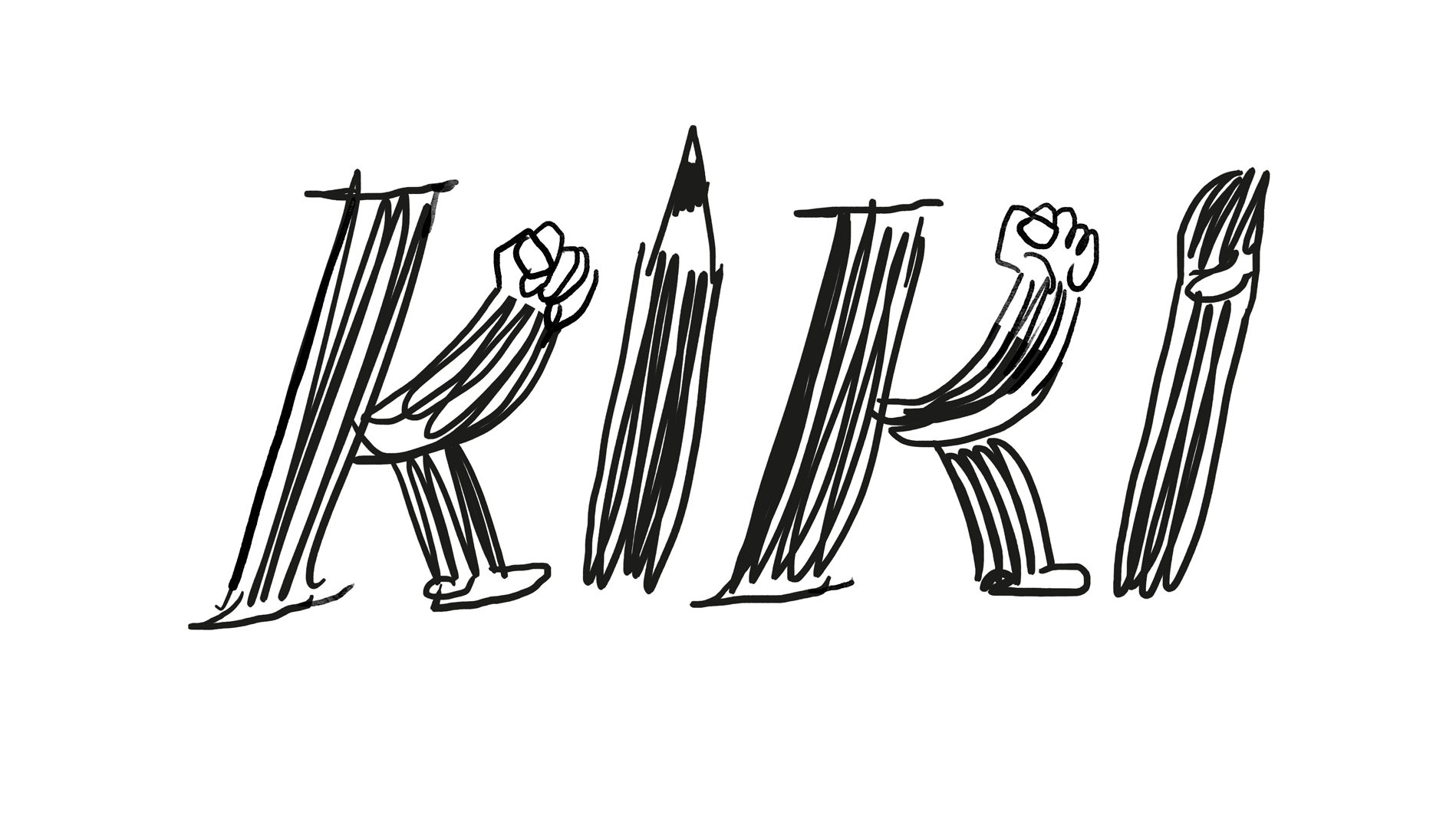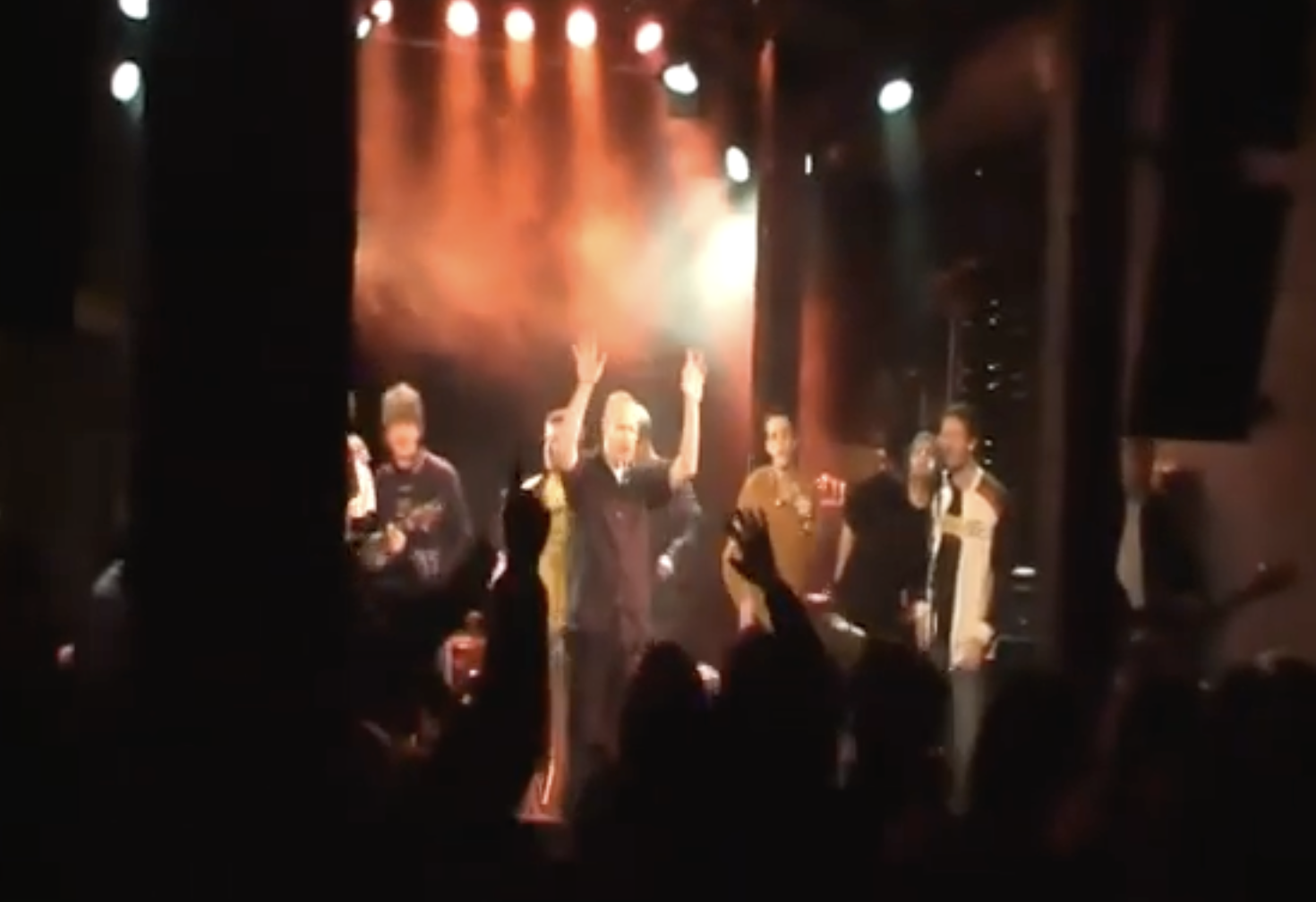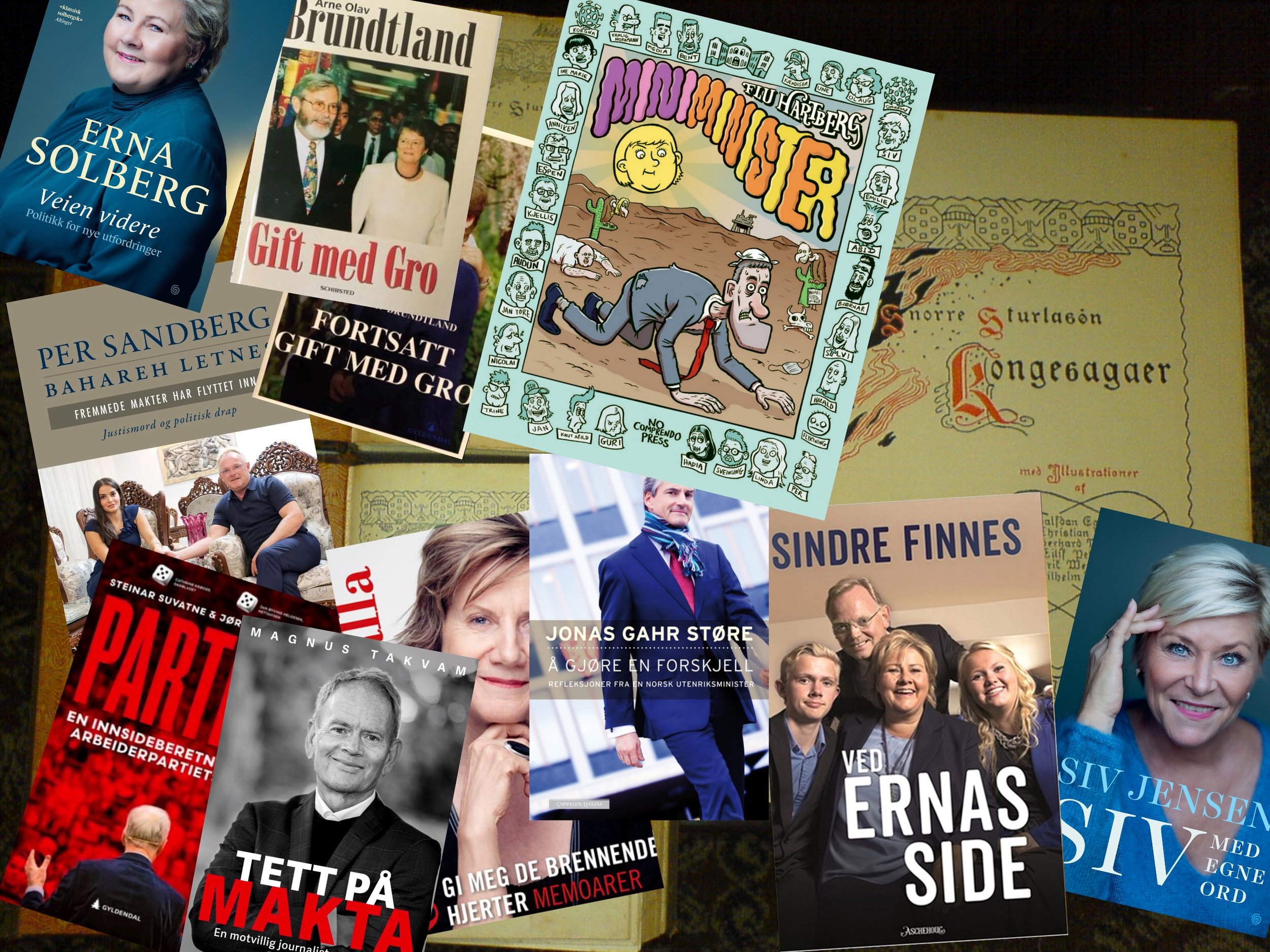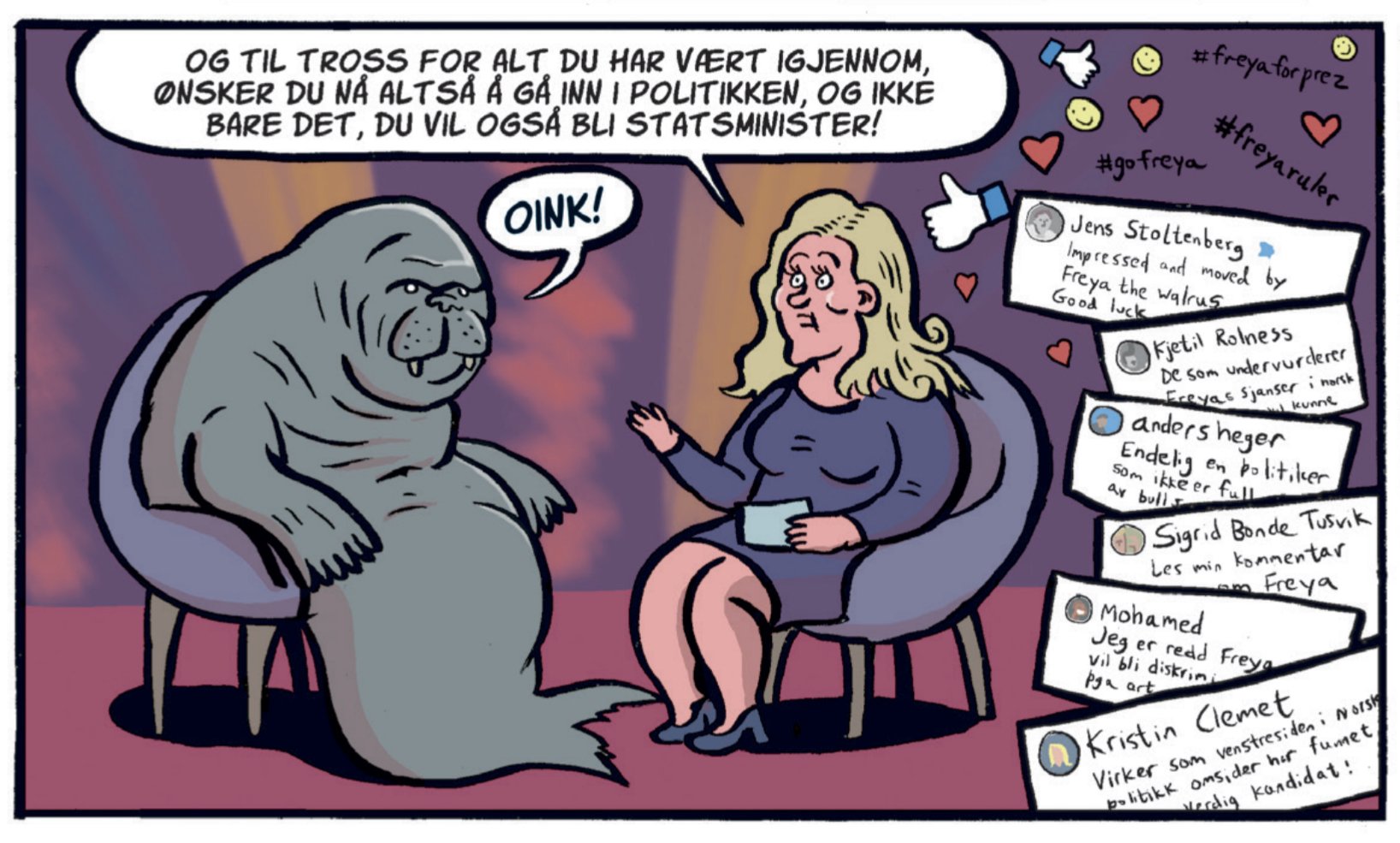If you were young in the 90s, and at least if you played in a band or were into music, you know what a flyer is. Little pieces of paper that would beg you to come to THAT event. There was no social media, or e-mail for that matter, you had to go to work manually: print up flyers and posters, go around the city and ask nicely to put some flyers on the bar of selected rock pubs, hang posters on the overloaded walls, where they were allowed to hang for a few hours before being covered by other posters.
If anyone came to the concerts, it was probably not because of this marketing anyway, it was mostly friends, family and possibly random people in the city who were sporty enough to stay for a few tunes. But you could never know for sure.
The same applied to comics, the message about a new comic book had to go via release parties, flyers and press releases. There was no daily dose of feedback and likes from followers: you sat alone and drew, and depended on some kind of network of physical people if anyone else was even going to know you existed.
With the internet came new opportunities to spread news about upcoming books and concerts, and for a while the whole web felt like one big notice board. You got in touch with people you couldn't otherwise reach, it was possible to show off your art - even to people sitting at home in the living room. But something went wrong. On the old, physical notice boards, you didn't have to compete with funny animal videos, food influencers and intelligent algorithms.
If you post a drawing on Instagram or Facebook in 2024, it will drown in the algorithm-driven feed. In a reality where everyone is served a hundred video clips per second - specially designed to satisfy each individual's reward system in the brain; how and why should one compete for attention at all?
On Instagram and Facebook, at one point you reached out directly to anyone and everyone who could enjoy your drawings, the number of followers usually grew in line with how often you posted a drawing and how well these were liked. But then something strange happened. Fewer and fewer actually saw the post at all. The explanation turned out to be the aforementioned algorithms, and the new auto-curated feed that was now served in the app: Now longer would you see the most recent posts of people you followed, but instead a stream of recommendations of already popular posts that Instagram reckoned you would like. From now on you no longer have to look for accounts you came to like, if they were popular enough the accounts would come to you.
In order to get any attention in this new flood of content, you as an artist now had to be smart to get attention. Make videos they said. Talk to the camera. Draw characters from popular TV series. Become an influencer. Some of us tried to stick with it for a while, changing the content to see if that helped. In the end, you discover that you are running Instagram's errand. YOU are now working for instagram to create content instead of instagram working for you to showcase what you create.
As if that development in itself wasn't bad enough, as you know, artificial intelligence came like a plague overnight. Suddenly you would not only be competing against other artists, funny animal videos, funny dance trends, cooking and celebrities who have likes as their only currency: Now you will also be pushed out by robots that can produce drawings of anything, in any style - free! Not only that: Everything you have to post drawings online has been demonstrably "scraped" by the companies behind the artificial intelligence and used to train the machines to imitate your drawing style.
Using social media to showcase your art just becomes more and more hopeless, not only that: Every encounter with apps like Instagram just reminds you of how pointless you are: That what you're doing is worthless, just give up!
This is how it feels to be an artist online in 2024, but it doesn't feel much better to be a consumer. Everywhere, the flow of content served is pre-chewed and robotic before it is served. If you are a passive listener on Spotify, you will end up being served an endless stream of "pleasant" music that the algorithms think you like, and which turn out not to be actual bands or artists, but mass-produced background music, designed to look like other music you like.
Eventually, AI will enter this field as well, flooding services like Spotify with music designed to grab your attention, but which you'll never have to use brain power to consume, with which you'll never have a personal connection - because there is none human sender behind the music - music you can't hear in concert, because the musicians don't exist.
In the same way, the web is filled with numbing porridge that has been cooked up precisely to make you eat it indiscriminately. To not make demands, not to be upset, not to be impatient to look for something different, something strange! The flow of pre-tested and machine-controlled content to entertain you keeps you dull and satisfied and creates a population that doesn't need to read books, magazines or newspapers, that doesn't need writers, musicians, artists or thinkers. One can imagine that before long, services such as Instagram and Tiktok will manage completely without content produced by humans. And that is perhaps just as well, considering how few of today's "content providers" actually get anything back for their efforts.
YOU have already shown that you care more than average just by bothering to read this email. You obviously have the ability to concentrate to work your way through a piece of text. I challenge you (and myself) to go outside the flow of algorithms. To find good music made by real people, go to concerts, buy records and share your good taste in music with friends. When you scroll through your feed you're not supporting local artists, only when you stop, actually go out and buy the comic book, the signed print, go to the release party, are you supporting their career. Choose real people, real artists, subscribe to magazines, let some of your money go to cool, smart people, not just big international companies.
I've found my way back to the medium of email, basically it's a bit like sending out a flyer. I can control the content myself and who it should be sent to without having to think about likes and algorithms. It is probably impossible to completely escape the grip of the big tech companies. Yes, this email itself was written on an Apple product and sent out via a Google service. Perhaps it’s possible to use the services of the big companies, without letting the big companies use you.
Feel free to tell others about this newsletter by sharing the link http://www.fluhartberg.com/nyhetsbrev. I also greatly appreciate all feedback!
